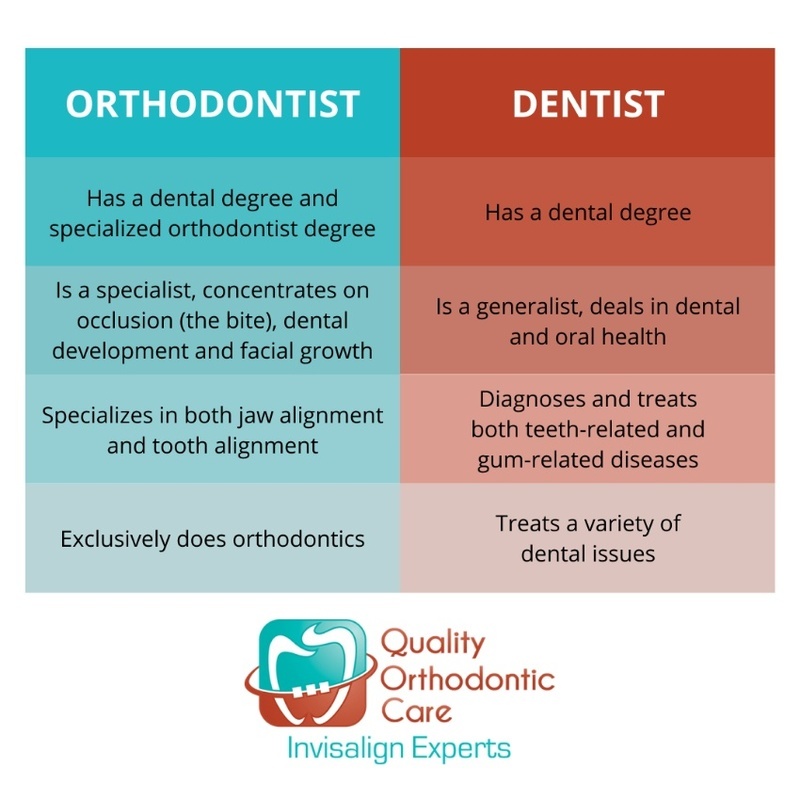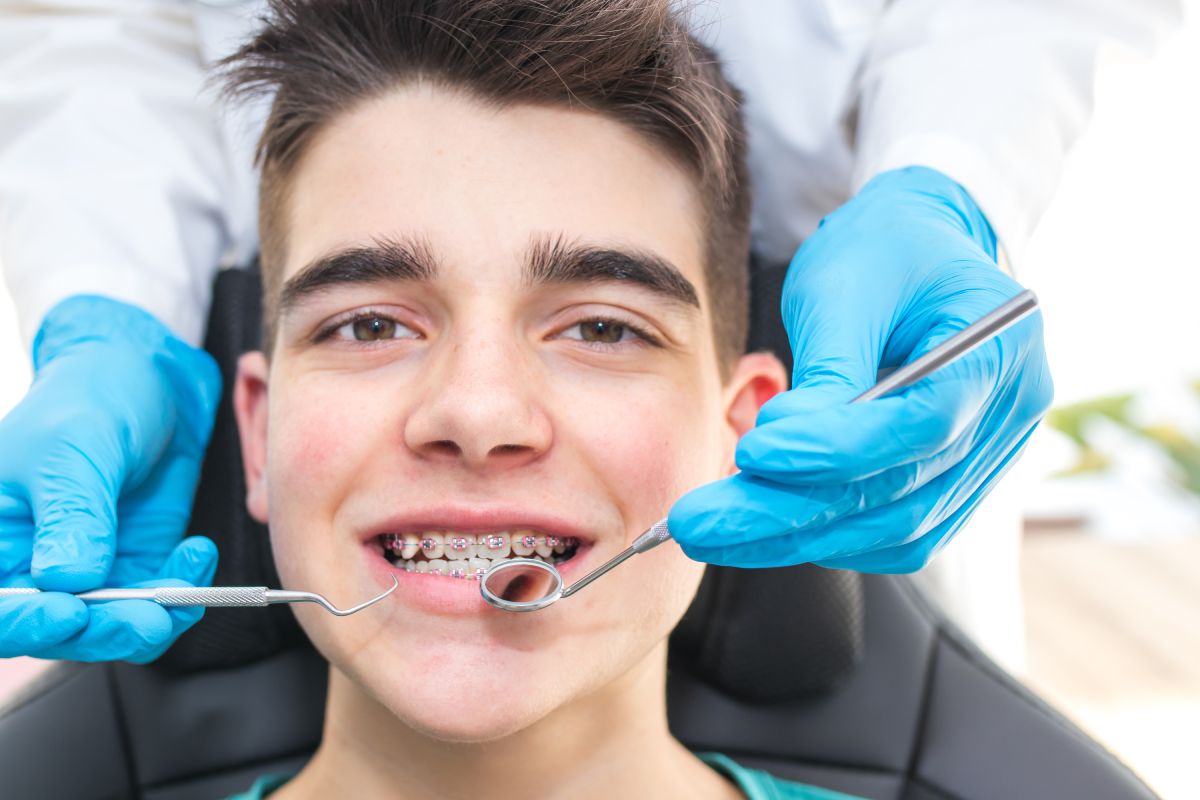See This Report on Causey Orthodontics
Table of Contents4 Simple Techniques For Causey OrthodonticsSome Known Questions About Causey Orthodontics.The 8-Second Trick For Causey OrthodonticsCausey Orthodontics - The FactsThe Ultimate Guide To Causey Orthodontics
Ignoring occlusal partnerships, it was normal to remove teeth for a selection of oral issues, such as malalignment or congestion. The concept of an undamaged dentition was not extensively appreciated in those days, making bite relationships seem irrelevant. In the late 1800s, the principle of occlusion was vital for creating trustworthy prosthetic substitute teeth.As these principles of prosthetic occlusion advanced, it came to be a vital tool for dental care. It was in 1890 that the job and impact of Dr. Edwards H. Angle began to be really felt, with his contribution to modern-day orthodontics especially noteworthy. Focused on prosthodontics, he showed in Pennsylvania and Minnesota prior to directing his attention in the direction of dental occlusion and the treatments required to keep it as a normal condition, hence coming to be known as the "dad of modern-day orthodontics".

The principle of excellent occlusion, as postulated by Angle and included right into a classification system, made it possible for a change towards dealing with malocclusion, which is any discrepancy from typical occlusion. Having a complete collection of teeth on both arcs was extremely searched for in orthodontic treatment as a result of the requirement for exact partnerships between them.
The Definitive Guide to Causey Orthodontics
As occlusion came to be the crucial priority, face percentages and aesthetics were ignored - affordable orthodontist near me. To attain optimal occlusals without making use of external forces, Angle proposed that having perfect occlusion was the most effective means to acquire optimal facial appearances. With the passing of time, it ended up being rather noticeable that even an outstanding occlusion was not ideal when considered from an aesthetic viewpoint
Charles Tweed in America and Raymond Begg in Australia (that both researched under Angle) re-introduced dental care extraction into orthodontics throughout the 1940s and 1950s so they could boost face esthetics while also guaranteeing better stability worrying occlusal partnerships. In the postwar period, cephalometric radiography started to be made use of by orthodontists for gauging adjustments in tooth and jaw placement triggered by growth and treatment. It became noticeable that orthodontic treatment could adjust mandibular development, leading to the development of useful jaw orthopedics in Europe and extraoral pressure procedures in the US. These days, both useful devices and extraoral tools are applied around the globe with the purpose of modifying development patterns and kinds. Going after real, or at the very least improved, jaw partnerships had become the major objective of therapy by the mid-20th century.
Everything about Causey Orthodontics
 Till the mid-1970s, braces were made by wrapping steel around each tooth. http://listingsceo.com/directory/listingdisplay.aspx?lid=69459., it came to be possible to instead bond steel braces to the teeth.
Till the mid-1970s, braces were made by wrapping steel around each tooth. http://listingsceo.com/directory/listingdisplay.aspx?lid=69459., it came to be possible to instead bond steel braces to the teeth.Andrews offered an informative interpretation of the optimal occlusion in irreversible teeth. This has actually had meaningful effects on orthodontic treatments that are administered frequently, and these are: 1. Right interarchal relationships 2. Correct crown angulation (suggestion) 3. Appropriate crown inclination (torque) 4. No rotations 5. Tight get in touch with factors 6. Flat Curve of Spee (0.02.5 mm), and based on these principles, he discovered a treatment system called the straight-wire home appliance system, or the pre-adjusted edgewise system.
The advantage of the layout depends on its bracket and archwire mix, which calls for just very little wire bending from the orthodontist or clinician (orthodontist expert). It's aptly named hereafter attribute: the angle of the slot and thickness of the bracket base ultimately determine where each tooth is positioned with little requirement for extra adjustment
All about Causey Orthodontics
Both of these systems used identical braces for each tooth and demanded the bending of an archwire in 3 planes for finding teeth in their desired settings, with these bends dictating ultimate placements. When it comes to orthodontic home appliances, they are divided into 2 kinds: removable and taken care of. Removable home appliances can be tackled and off by the patient as called for.

Thus, almost all modern-day fixed devices can be thought about variations on this edgewise device system. Early 20th-century orthodontist Edward Angle made a major contribution to the globe of dental care. He produced four unique appliance systems that have actually been used as the basis for several orthodontic therapies today, barring a couple of exceptions.
What Does Causey Orthodontics Do?

The cable finished in a string, and to relocate forward, an adjustable nut was used, which allowed for a boost in circumference. By ligation, each individual tooth was affixed to this extensive archwire (orthodontist near me). As a result of its restricted series of movement, Angle was not able to attain accurate tooth positioning with an E-arch
These tubes held a soldered pin, which can be rearranged at each appointment in order to relocate them in position. Called the "bone-growing home appliance", this device was theorized to motivate much healthier bone growth as a result of its possibility for moving force straight to the origins. However, applying it confirmed frustrating in truth.